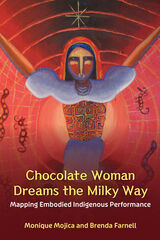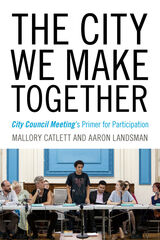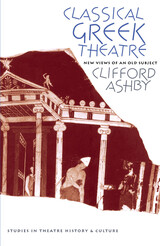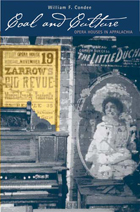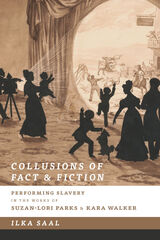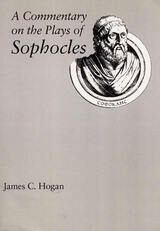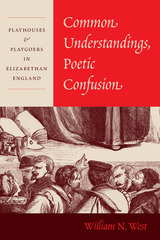From Forest to Steppe: The Russian Art of Building in Wood
Duke University Press, 2025
Cloth: 978-1-4780-2824-6 | eISBN: 978-1-4780-6045-1
See other books on: Architectural & Industrial | Building | Forest | Modern (late 19th Century to 1945) | Wood
See other titles from Duke University Press
Cloth: 978-1-4780-2824-6 | eISBN: 978-1-4780-6045-1
ABOUT THIS BOOK | AUTHOR BIOGRAPHY | REVIEWS | TOC
ABOUT THIS BOOK
Throughout Russian history, local craftsmen have shown remarkable skill in fashioning wood into items of daily use, from bridges and street paving to carts and boats to household utensils and combs. Russia has the largest forested zone on the planet, so its architecture was also traditionally made from timber. From homes to churches to forts, Russian buildings are almost all, underneath, constructed with logs, often covered by plank siding or by lathing and plaster.
In From Forest to Steppe, renowned scholar and photographer William Craft Brumfield offers a panoramic survey of Russia’s centuries-long heritage of wooden architecture. Lavishly illustrated with nearly 400 color photographs, the volume links log-built barns, windmills, houses, and churches in the Far North; Buddhist shrines in the Transbaikal region; and eighteenth-century palaces on the outskirts of Moscow. Brumfield also takes readers to the estate houses of many of Russia’s literary giants, from Chekhov and Tolstoy to Dostoevsky and Pushkin. Spanning thousands of photographed sites, five decades of field work, and seven time zones, Brumfield’s photographs offer compelling evidence of the adaptability of log construction and its ability to transcend class, cultural, and aesthetic boundaries.
In the decades since Brumfield began photographing Russian architecture, many of the buildings he has documented have been demolished, abandoned, and left to rot at alarming rates. Brumfield observes a contradiction in contemporary Russia: it acknowledges the cultural importance of wooden buildings yet struggles to find and dedicate the resources and solutions needed to save them. A hymn and elegy to the long Russian practice of building with wood, From Forest to Steppe is an unparalleled look into one of the world’s most singular architectural traditions.
In From Forest to Steppe, renowned scholar and photographer William Craft Brumfield offers a panoramic survey of Russia’s centuries-long heritage of wooden architecture. Lavishly illustrated with nearly 400 color photographs, the volume links log-built barns, windmills, houses, and churches in the Far North; Buddhist shrines in the Transbaikal region; and eighteenth-century palaces on the outskirts of Moscow. Brumfield also takes readers to the estate houses of many of Russia’s literary giants, from Chekhov and Tolstoy to Dostoevsky and Pushkin. Spanning thousands of photographed sites, five decades of field work, and seven time zones, Brumfield’s photographs offer compelling evidence of the adaptability of log construction and its ability to transcend class, cultural, and aesthetic boundaries.
In the decades since Brumfield began photographing Russian architecture, many of the buildings he has documented have been demolished, abandoned, and left to rot at alarming rates. Brumfield observes a contradiction in contemporary Russia: it acknowledges the cultural importance of wooden buildings yet struggles to find and dedicate the resources and solutions needed to save them. A hymn and elegy to the long Russian practice of building with wood, From Forest to Steppe is an unparalleled look into one of the world’s most singular architectural traditions.
See other books on: Architectural & Industrial | Building | Forest | Modern (late 19th Century to 1945) | Wood
See other titles from Duke University Press


